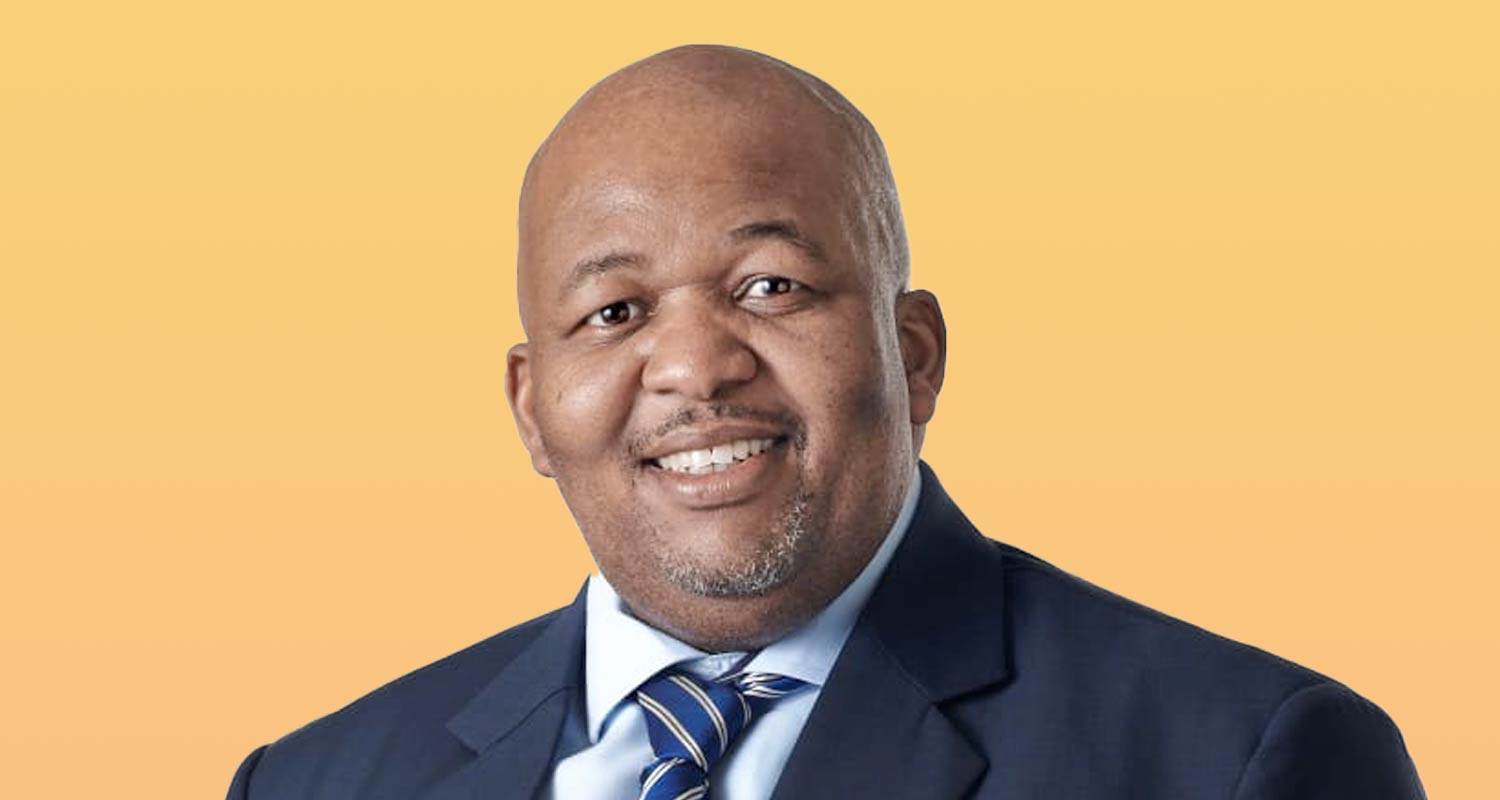
Eskom needs to run some coal-fired plants for longer than their planned retirement deadlines to avoid leaving the national grid “vulnerable”, according to its CEO.
The utility has approved a plan to keep using at least three stations that were scheduled to close over the next few years until 2030. For years, an unreliable power system has hit South Africa with blackouts that crimp economic growth.
“We’ll continue some of our coal operations that were earmarked for shutting down,” Eskom CEO Dan Marokane said at a Cape Town conference. “We’ll review that process on shorter time intervals going to 2030, but we’ll place ourselves in a position where we are not made vulnerable by early shutting down of those stations.”
Eskom’s decision comes as South Africa has committed to lowering emissions by moving from mainly coal-fired power to cleaner sources of energy. That’s raised questions around the Just Energy Transition Partnership — a US$9.3-billion pact with some of the world’s richest nations to help make those changes.
France, Germany, the US, the UK and the EU have offered the money to help South Africa move away from coal, which is currently the source of more than 80% of the nation’s power.
“We’re still committed” to reducing emissions, but Eskom’s efforts must be viewed across the entire generation fleet, said Bheki Nxumalo, the company’s group executive for generation. He also said it’s “critical” to run some stations beyond their original shutdown date and that workers lose focus if the imminent closure of the plant they work in is looming.
Reinvention
While ending power cuts is a priority for the century-old utility, it’s also looking at reinventing the business, according to Marokane. “A number of people have written it off — we don’t believe that that is the case,” he said. “There’s a clear path here and an opportunity for Eskom to reinvent itself and that’s what we’re focusing on.” — (c) 2024 Bloomberg LP




